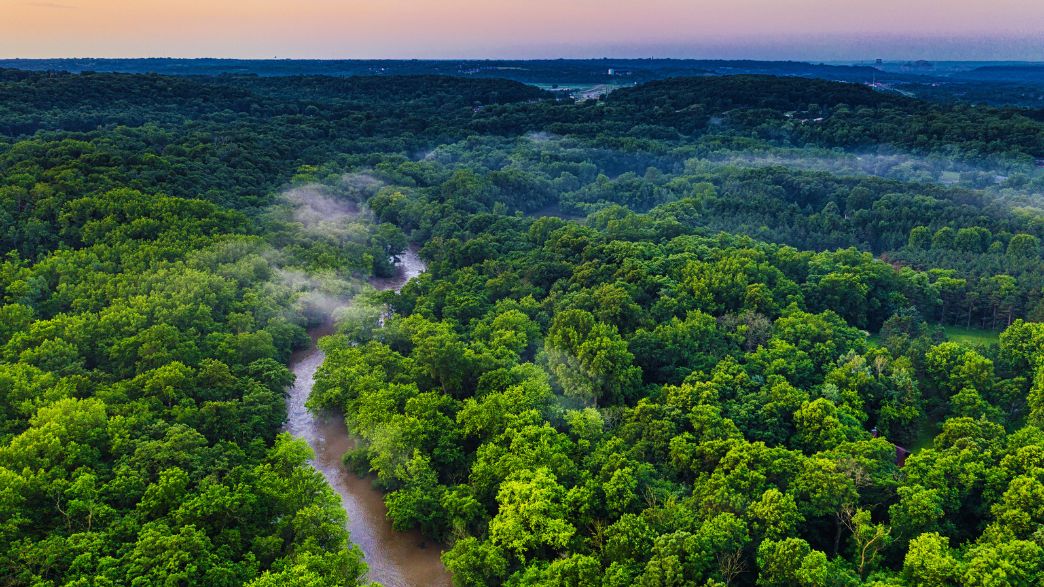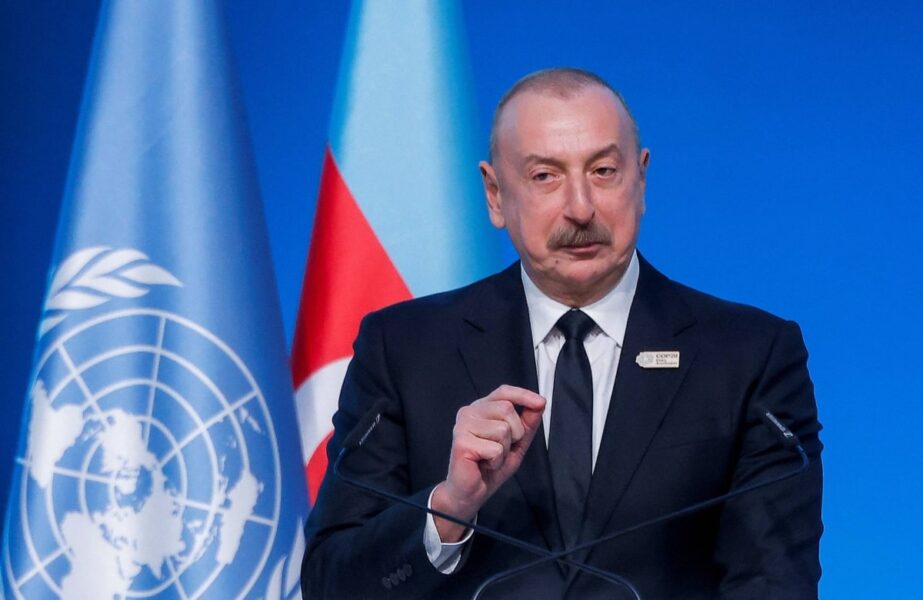As temperatures rise because of climate change, a new study has drawn an unexpected conclusion – Dubai may have become cooler in recent decades.
Contrasting with the global trend and with results from five other major Gulf cities analysed, the apparent fall in surface temperatures of built-up areas in Dubai has been credited to the expansion of green areas and water bodies. The land surface temperature (LST) – the temperature of the ground surface – in Dubai’s urban areas fell from about 52°C in 1998 to 51°C in 2013 and 49°C in 2023, according to the research.
The study’s lead author, Dr Shikha Patel, said it was “a bit surprising” to see cooling in Dubai when, over the same 25-year period, none of five other cities analysed showed an overall decrease. “Because the urban growth is quite similar, I thought it would be the same everywhere. Dubai’s results were different from all the other cities,” she said.
Cooling down
Temperatures in the study, published in January in the journal Annals of GIS (Geographic Information Systems) were calculated from satellite data measuring radiation emitted from the land surface. They represent a snapshot of summer temperatures averaged across similar built-up areas in Doha, Dubai, Kuwait City, Manama, Muscat and Riyadh.
As a measure of how hot the ground is to the touch, LST is not the same as the air temperature, which is the figure quoted in weather forecasts.
Nasa reports that land tends to heat up and cool down faster than the air. As a result, during daytime LST tends to be higher than the air temperature, although some studies, such as one in Sydney, found that during cooler days the situation could be reversed.
Dr Patel, of the Department of Architecture and Urban Planning at Qatar University, said that Dubai and Abu Dhabi were “doing great” when it came to ensuring that there was plenty of green cover. This, she said, along with increases in the area within Dubai covered by water, could explain the city’s apparent temperature reduction.
Vegetation can reduce temperatures by shading and evapotranspiration, where water is released by plants and soil, a process that uses energy and so has a cooling effect. The expansion of water areas in Dubai was, Dr Patel said, also likely to be a “big factor” in reducing the city’s temperatures.
“I think water bodies play an important part. Water bodies have consistently shown the lowest temperatures in all cities,” she said. “They have a lot of inland water bodies. For example, Dubai Creek, they have diverted the water to make an inland channel. It acts like a sink for temperatures.”
She cited the area of water near the Burj Khalifa tower as another feature that may have kept temperatures in check. If vegetation is introduced to keep down temperatures, Dr Patel recommended using native species, which are easier to maintain. “You often hear that Middle Eastern countries are importing plants from Australia,” she said. “They will not acclimatise. They will need a lot of manpower and water.”
In the research, Doha, Manama, Muscat and Riyadh experienced an increase in LST between 1998 and 2023, while in Kuwait the figures at the beginning and end of the study period were the same, albeit with a peak in the middle.
Titled “Comparative analysis of land cover changes on outdoor thermal comfort in Doha, Dubai, Kuwait City, Manama, Muscat, and Riyadh”, the study found “increasing heat stress” in some cities, particularly Doha and Kuwait City, while “Dubai maintained stable comfort levels”.
“This study underscores the critical role of vegetation and sustainable urban planning in mitigating heat stress and enhancing outdoor thermal comfort across Gulf cities,” the researchers wrote.

A reduction in temperatures by maximising vegetation cover has been achieved elsewhere, notably in Medellín, the second-largest city in Colombia. There, efforts to create green corridors with many tens of thousands of plants and a reported 12,500 trees and green walls – walls covered with vegetation – have achieved local temperature reductions said to be about 2°C. The efforts have also been credited with helping wildlife and reducing air pollution.
Warm sands
While the Gulf cities study has a positive story to tell about the land surface temperatures in urban areas of Dubai, it does not suggest that the UAE as a whole is becoming cooler, because desert areas – which tend to be warmer than urban areas during daytime – are getting hotter.
Other research involving teams from Abu Dhabi’s Khalifa University and Zayed University, has found that temperatures in the Middle East are increasing by about 0.45°C per decade, and a 2022 study by more than 20 scientists suggested that these rises would continue.
As well as contrasting with results from other Gulf cities, the findings from urban areas of Dubai run against what has been seen in cities in the tropics, said Dr Patel, who has undertaken a similar analysis of Bangalore in India. “In the tropics all the land cover types have been constantly increasing,” she said.
Another researcher, Prof Emad Mushtaha, who chairs the Department of Architectural Engineering at the University of Sharjah, said that greenery could “drastically reduce” temperatures. “Definitely greenery can reduce the heat island as well as the solar radiation [that reaches the ground],” said Prof Mushtaha.
Aside from the effects on neighbourhoods of large-scale areas of vegetation or water, numerous “passive cooling” measures could, he said, lower the temperature of buildings. These include green roofs, covered by vegetation, and white surfaces.
In a 2021 paper in Sustainable Cities and Society, Prof Mushtaha and his co-authors found that a combination of factors, including increasing the height of neighbouring buildings, the presence of greenery and green roofs, could reduce surface temperatures by as much as 2.45°C. Similarly, research published last year highlighted the benefits in Dubai of reflective materials and vegetation, with the researchers concluding that neighbourhoods such as Jumeirah Lakes Towers offered examples of how design could limit temperature increases.
A separate study published in January in the Iranian Journal of Energy and Environment analysing the city of Kashan found that green areas and water bodies had a cooling effect on air temperatures. “At the site with vegetation and water … air temperature at peak heat hours (12–3pm) was around 1.5°C cooler than the situation where there was no vegetation or water,” the authors wrote.
Source: https://www.thenationalnews.com/news/uae/2025/02/28/uae-weather-global-warming-dubai-temperatures/



